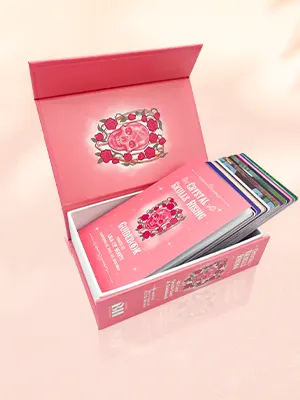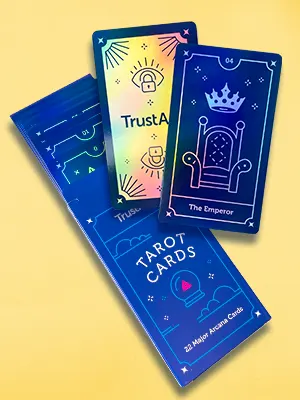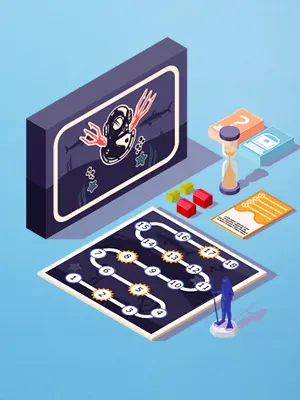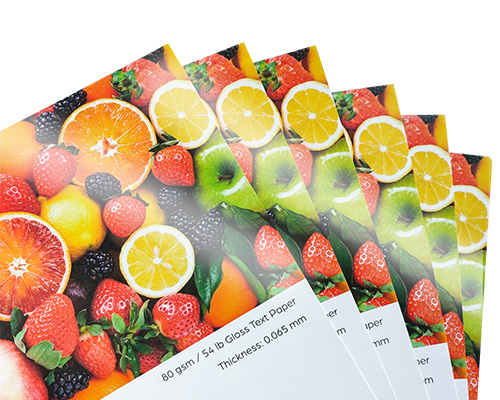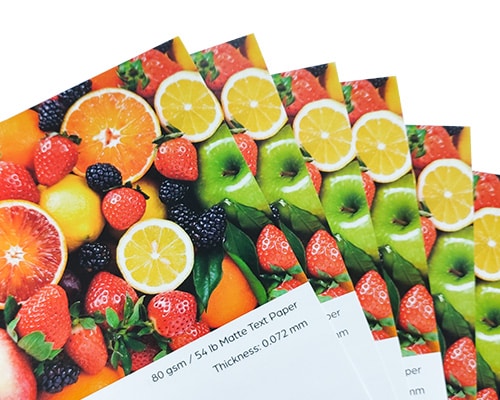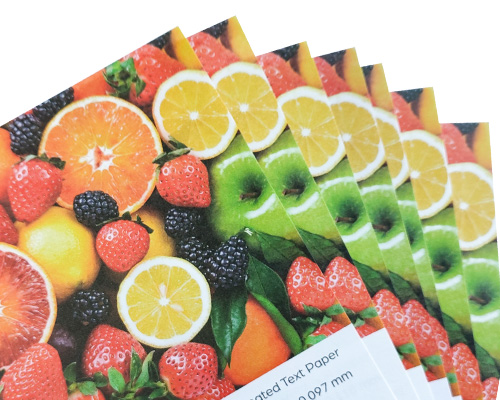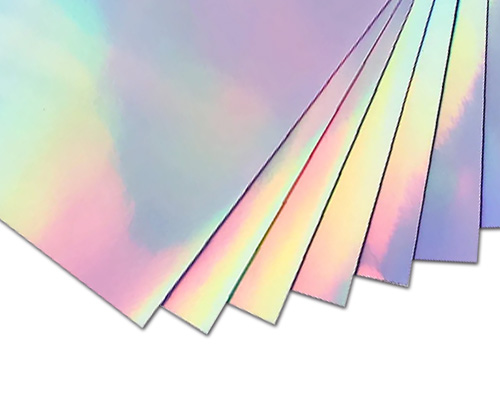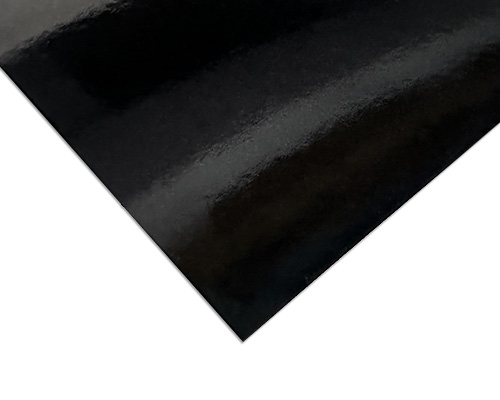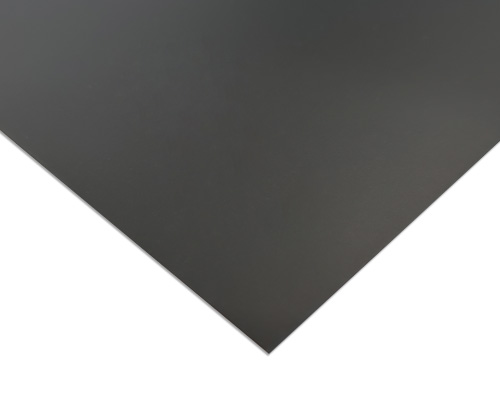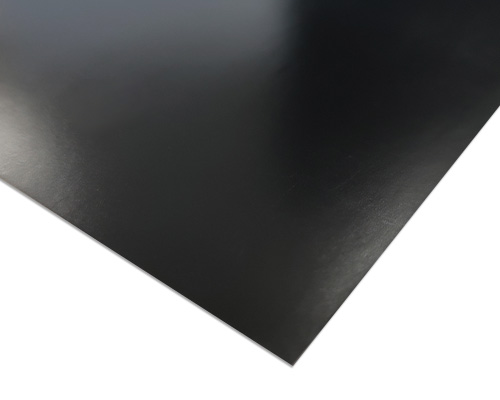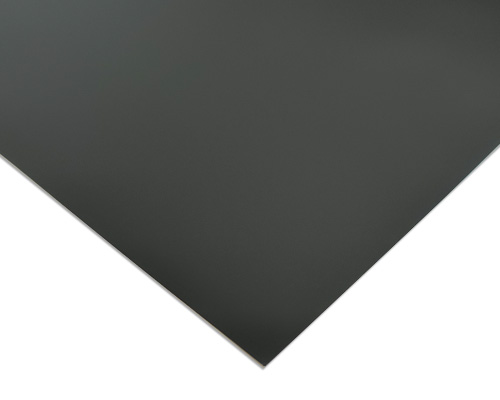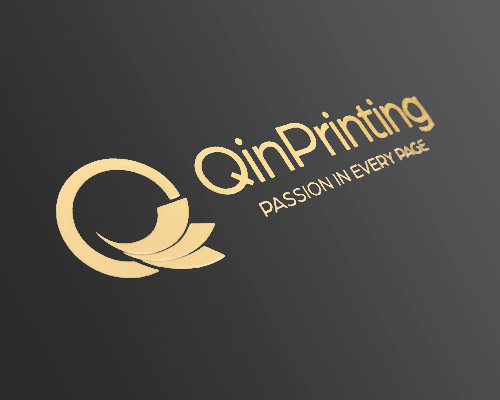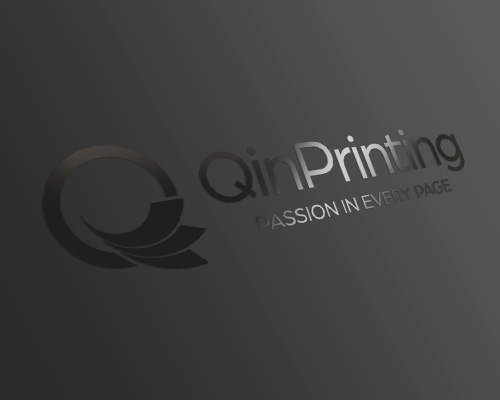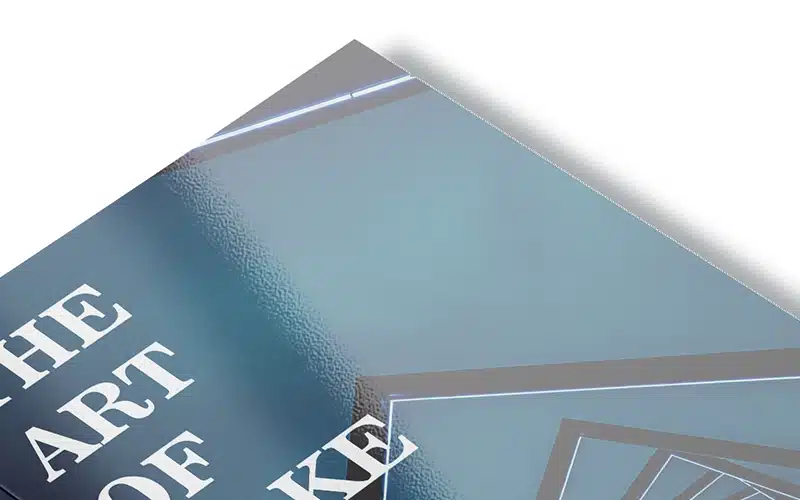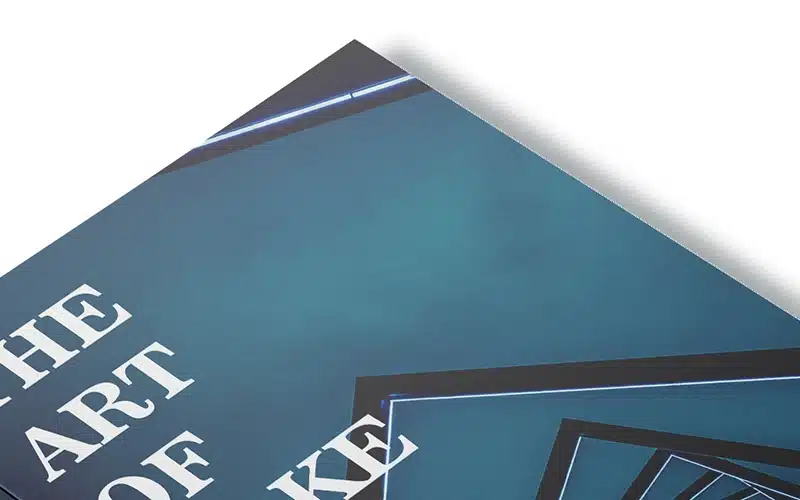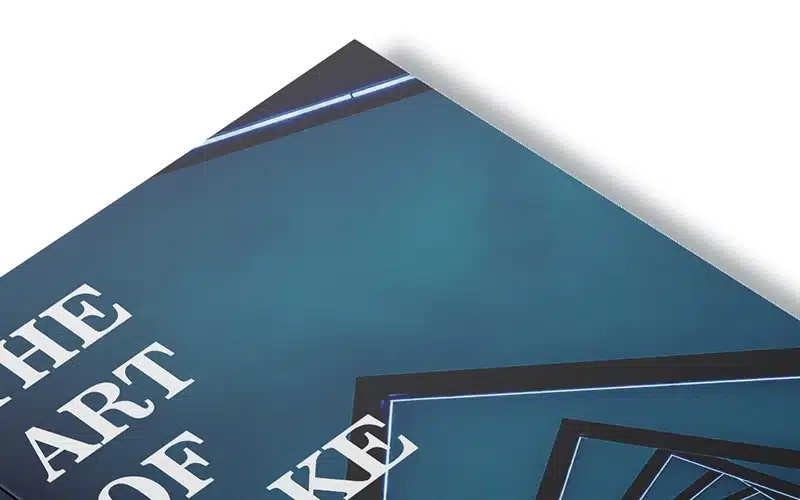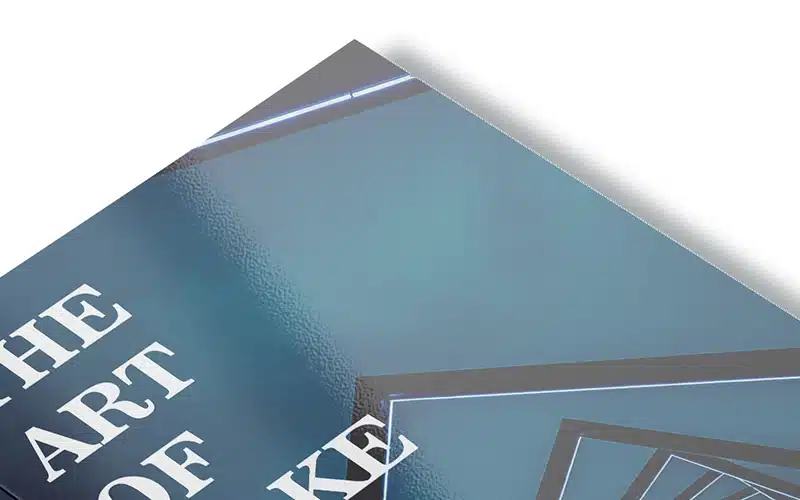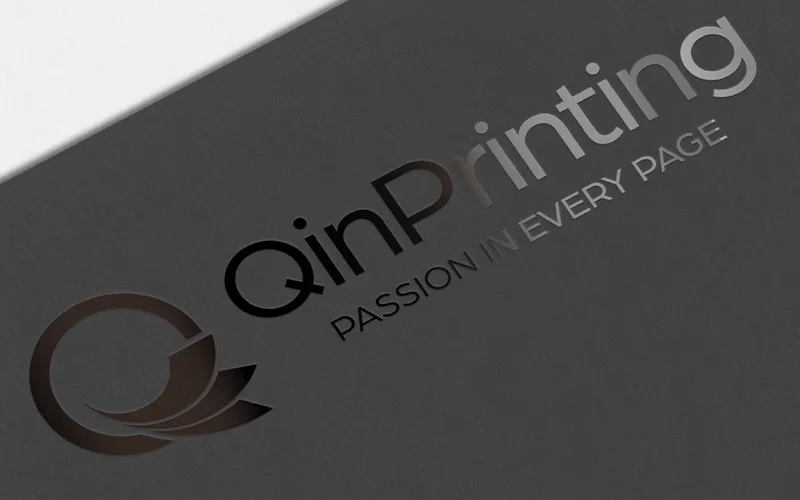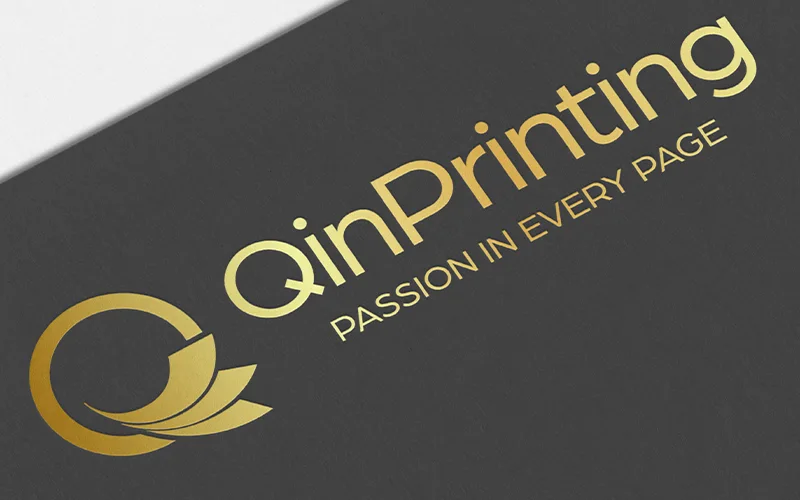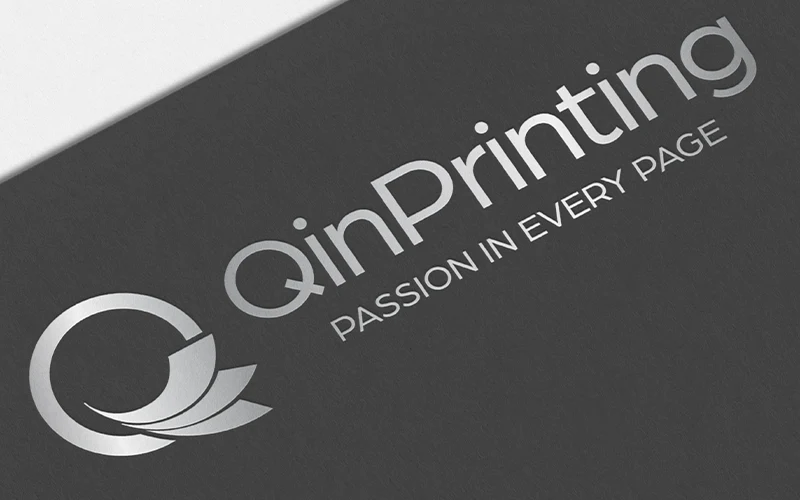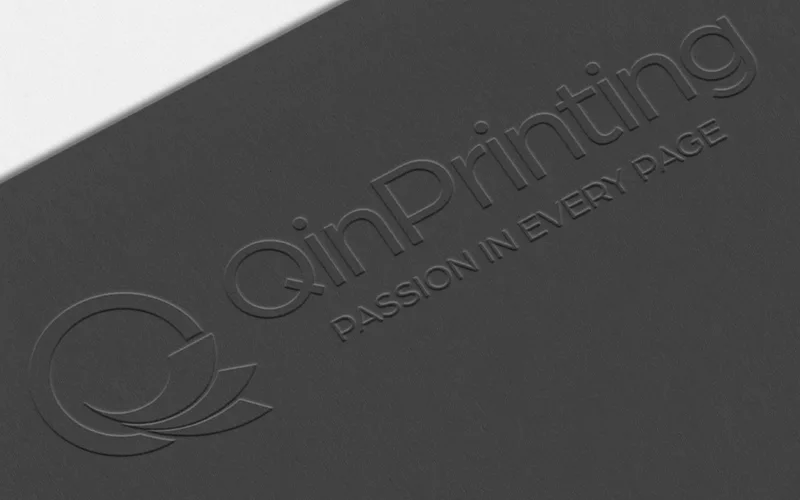- Home
- Printing Products
- Flyer Printing
Flyer Printing
At QinPrinting, we deliver high-quality flyer printing solutions for businesses, non-profits, educational institutions, medical services, and independent publishers worldwide. Choose from a wide range of custom sizes and leaflet options at competitive prices, all backed by our fast production times. Get your instant online quote today and elevate your promotional materials with our exceptional printing services.
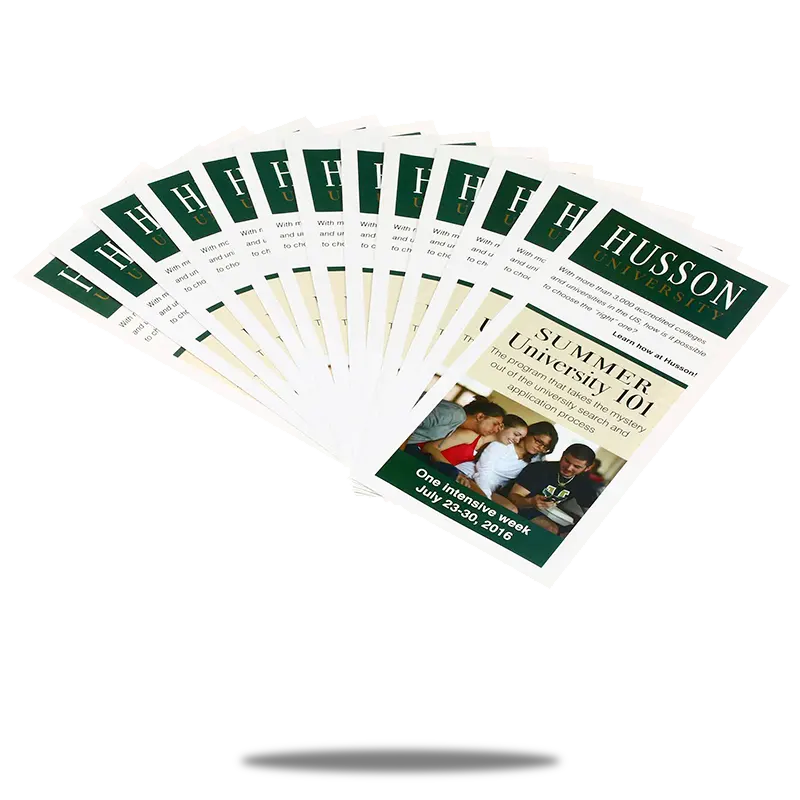
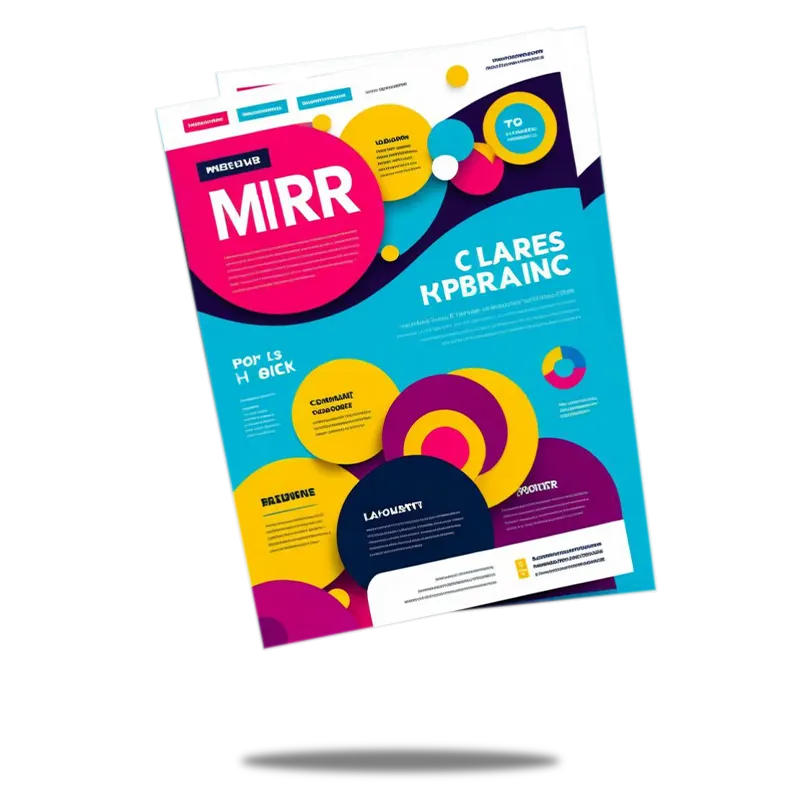
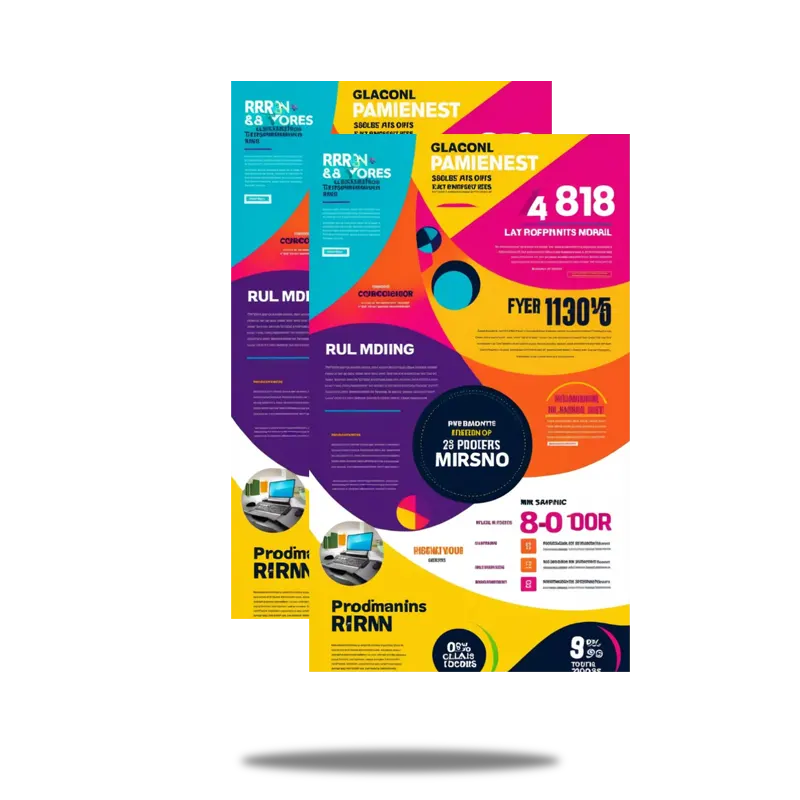
Flyer Printing Instant Quote
based on your choices
Flyer Size Options
At QinPrinting, we furnish a complete flyer and leaflet printing service. We have digital machines which we use to prepare “hard proofs” to check for color and printing quality. But for the final print run we use our superior offset press. Offset printing gives you great looking flyers with faithful color or black-and-white image reproduction and a noticeable price advantage over digital printing on longer print runs.
Common example sizes for flyers are:
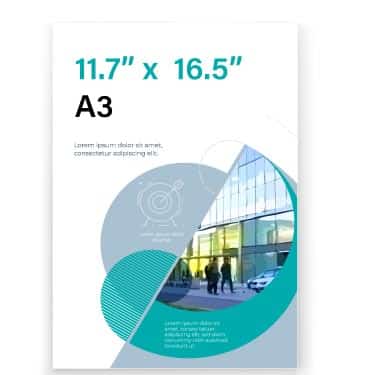
11.7 x 16.5 inches
297 x 420 mm
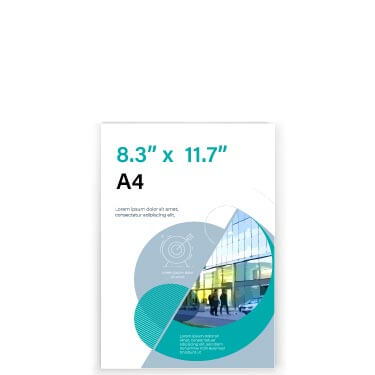
8.3 x 11.7 inches
210 x 297 mm
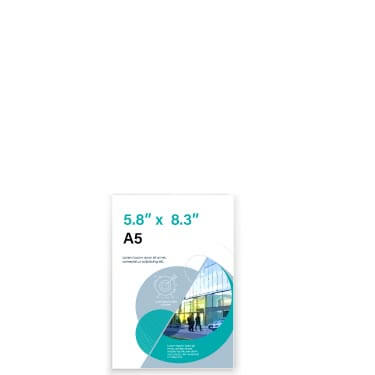
5.8 x 8.3 inches
148 x 210 mm
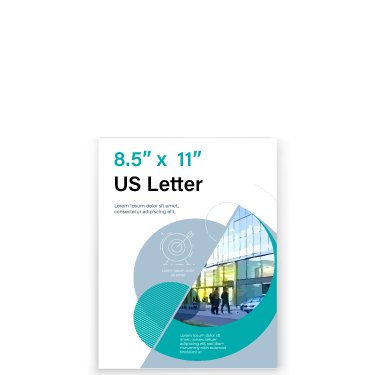
8.5 x 11 inches
216 x 279 mm
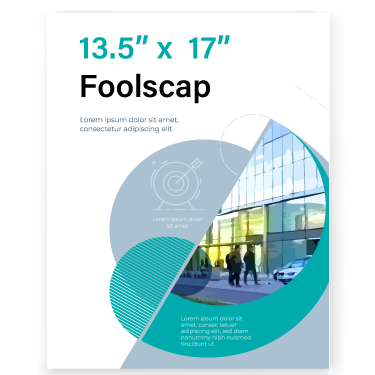
13.5 x 17 inches
343 x 432 mm
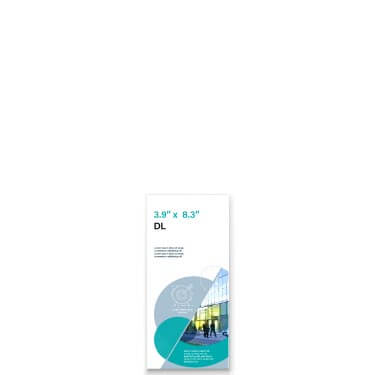
3.9 x 8.3 inches
99 x 210 mm
Portrait, Landscape, Over-Sized, and Custom Formats
While most of our customers choose standard sizes, you can choose to fully customize your flyer if you like. Just remember that unusual custom flyer designs will cost a little more and take a little longer to turn around than standard sizes because of the extra pre-press and setup work involved. But if you want it, and it’s physically possible, we will print it!
Contact us to customize more sizes!
Paper Options for Flyers
Gloss, matte, and uncoated paper
You have many options for paper stock to print your flyer at QinPrinting. Most flyers with photographic elements use gloss or matte cover paper because they have a high-quality finish which gives first-class image reproduction while uncoated paper could be fine if your flyer is mainly text, for example. Here’s a helpful list of typical papers used for flyers:
Gloss Paper
- 80 gsm / 54 lb gloss text paper
- 105 gsm / 71 lb gloss text paper
- 128 gsm / 87 lb gloss text paper
- 157 gsm / 106 lb gloss text paper
- 200 gsm / 135 lb gloss text paper
- 250 gsm / 169 lb gloss text paper
- 300 gsm / 203 lb gloss text paper
- 350 gsm / 237 lb gloss text paper
Matte Paper
- 80 gsm / 54 lb matte text paper
- 105 gsm / 71 lb matte text paper
- 128 gsm / 87 lb matte text paper
- 157 gsm / 106 lb matte text paper
- 200 gsm / 135 lb matte text paper
- 250 gsm / 169 lb matte text paper
- 300 gsm / 203 lb matte text paper
Uncoated Paper
- 80 gsm / 54 lb uncoated text paper
- 100 gsm / 68 lb uncoated text paper
- 120 gsm / 81 lb uncoated text paper
Choosing paper for your flyers can feel confusing if it’s new to you, but our printing experts are always here to recommend the best paper selections for your flyer design and your budget. And please ask us for paper samples. We’ll be happy to mail them to you.
Special Finishes, Lamination, and Foil Stamping
You want your flyers to make a fantastic impression. Someone browsing your stand at a trade fair, picking up a flyer in-store, or sifting through their direct mail, is more likely to check it out if it’s eye-catching and distinctive. QinPrinting offers a complete range of finishing options to make your flyers uniquely attractive.
Among other options, the most popular choices include:
Other Products Similar to Flyers that May Interest You
We offer a number of products which are similar to flyers in the printing and production methods we use to make them but also need special processes and paper. If you’re interested in flyers, these may be useful to you, too. Let’s take a look.
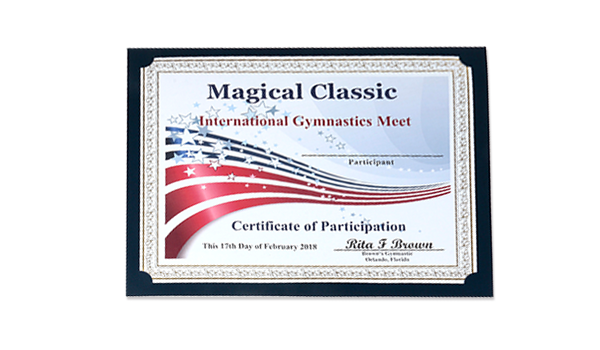
Certificates
Certificates are fundamentally similar to flyers but usually incorporate special features such as foil stamping and a decorative border frame. While we print most certificates on 120 gsm / 80 lb offset paper, you can choose from a wide range including colored, textured, and parchment paper. You can send us you design, including any decorative elements, and we’ll see to the rest. You needn’t even do the artwork if you’d like to use one of our pre-designed decorative frames. Certificates are great not only to award students and employees on completing a course, but also as encouraging rewards for achievement in any context.
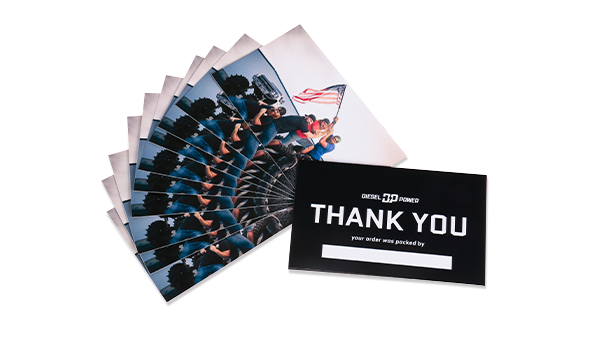
Thank-you cards
You can include a thank-you card with goods you ship to encourage a positive rapport with your brand and show your appreciation for your customers’ business. Thank-you cards are a great way to let your staff and employees know that you value all their hard work, too. We’ve written about the many ways that you can use thank-you cards to strengthen business, staff, and consumer relationships, and promote your brand while making the word a happier, friendlier place.
We generally make our thank-you cards from high-quality 250 gsm / 168 lb or 300 gsm / 200 lb paper stock. 4″ x 6″ is the most popular size. But, as ever, if you have a custom design or size in mind, we’ll be happy to accommodate your needs.
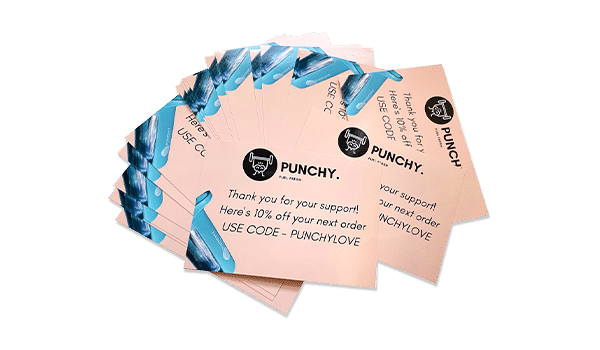
Discount cards
Discount cards are another excellent strategy to reward loyal customers, encourage repeat-buying, and generally promote your brand and products. We use the same paper for discount cards as for thank-you cards, although they are usually a little smaller, at 3″ by 4″. But of course, you’re free to customize them in any ways you like.
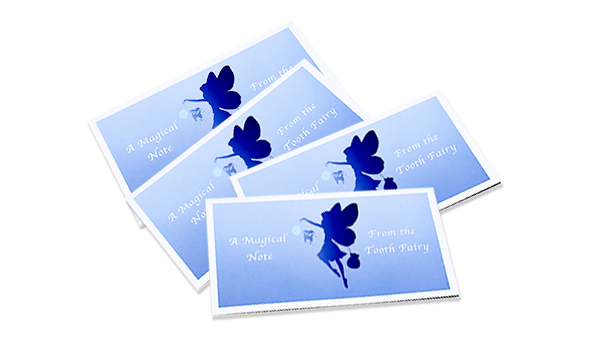
Postcards
Postcards are a time-honored and attractive way to spread the word about your business and promote your brand. We make them, too! For postcards, we recommend 250 gsm / 168 lb or 300 gsm / 200 lb paper with one coated side—gloss or matte, for example—and one uncoated side. The coated side will make your photo/s or other artwork look great, while the uncoated side is easy for your clients to write on. Standard postcard size is 5″ x 7″ but if you have specific needs, just ask.
QinPrinting Rated Excellent for Flyer Printing
Whenever I have a creative idea, their team goes above and beyond to help bring it to life. I’ve printed four comic books with them, and each time, they’ve exceeded my expectations. If you’re considering a printer, take a chance on these friendly, reliable folks—they truly value your business. - Chad Townsend, Creator of The Black Phantom.
But working with Nelson was an absolute pleasure. He patiently addressed all my concerns, and my final printed book was just as I would hope it would be.
The sample kit they have available is a must-order for your project. It has every type of paper and finish with a bunch of sample products they've worked on, which helped me make an informed decision about how I wanted my game to look and feel.
The final product(s) arrived within their estimated window and in excellent condition. It still feels surreal to hold it in my hands, and it feels like a legitimate game—because it is!! All thanks to this incredibly talented and professional team.
I feel relieved to have a trusted manufacturer to continue printing my products as sales come in. They're truly worth every penny. Thank you, QinPrinting!!!
I went with Qin Printing as I had specific printing requests that could not be met by many Australian printing service providers, especially not at a competitive price point.
The quality and finishing of the conversation cards is outstanding and the entire process was seamless from start to end. The team at Qin Printing were prompt to reply to my questions and queries and also very helpful with troubleshooting.
I got regular updates on the status of the printing job and shipping period, including pictures and videos of the product.
Thank you everyone at Qin Printing!
FAQs
To get a quick idea of how much printing your flyer with us would cost, check out the at-a-glance charts below.
Flyer Printing Price Chart
| Quantity | 500pcs | 1000pcs | 5000pcs | 10000pcs | 20000pcs | 50000pcs |
|---|---|---|---|---|---|---|
| 5.5″ x 8.5″ | $0.226 each $113 total | $0.124 each $124 total | $0.037 each $185 total | $0.023 each $228 total | $0.015 each $307 total | $0.012 each $623 total |
| 8.5″ x 11″ | $0.218 each $109 total | $0.120 each $120 total | $0.041 each $204 total | $0.026 each $260 total | $0.018 each $366 total | $0.016 each $823 total |
| 8.5″ x 14″ | $0.220 each $110 total | $0.124 each $124 total | $0.048 each $240 total | $0.033 each $334 total | $0.028 each $563 total | $0.027 each $1,359 total |
| 11″ x 17″ | $0.230 each $115 total | $0.130 each $130 total | $0.053 each $264 total | $0.038 each $377 total | $0.032 each $640 total | $0.031 each $1,550 total |
- 128 gsm / 87 lb coated text paper, no lamination, full color printing
- Please note that all prices are EXW our facility and do not include shipping costs.
No. Website images are generally low resolution. For high-quality flyer printing, images or photos should be at least 300 dpi to ensure clear, crisp results.
Feel free to share your artwork with us through email, Sprend, or WeTransfer to [email protected]. Or send us a share link via Dropbox or Google Drive.
For printing purposes, we require artwork in high-resolution PDF format, which includes 0.125 inches / 3 mm bleed.
Offset printing uses the CMYK color space.
You can get acquainted with our quality, products, and paper stocks by ordering a sample pack from here.
Talk to Us!
For the best pricing, highest quality, and quickest turnaround time on any type or style of flyer, printing with us is always a good business decision. No matter your target recipients or the purpose of your flyer, we guarantee the best pricing, the most professional service, and the highest quality product you can imagine. So, let’s talk. We can’t wait to make your next flyer the most effective yet.

